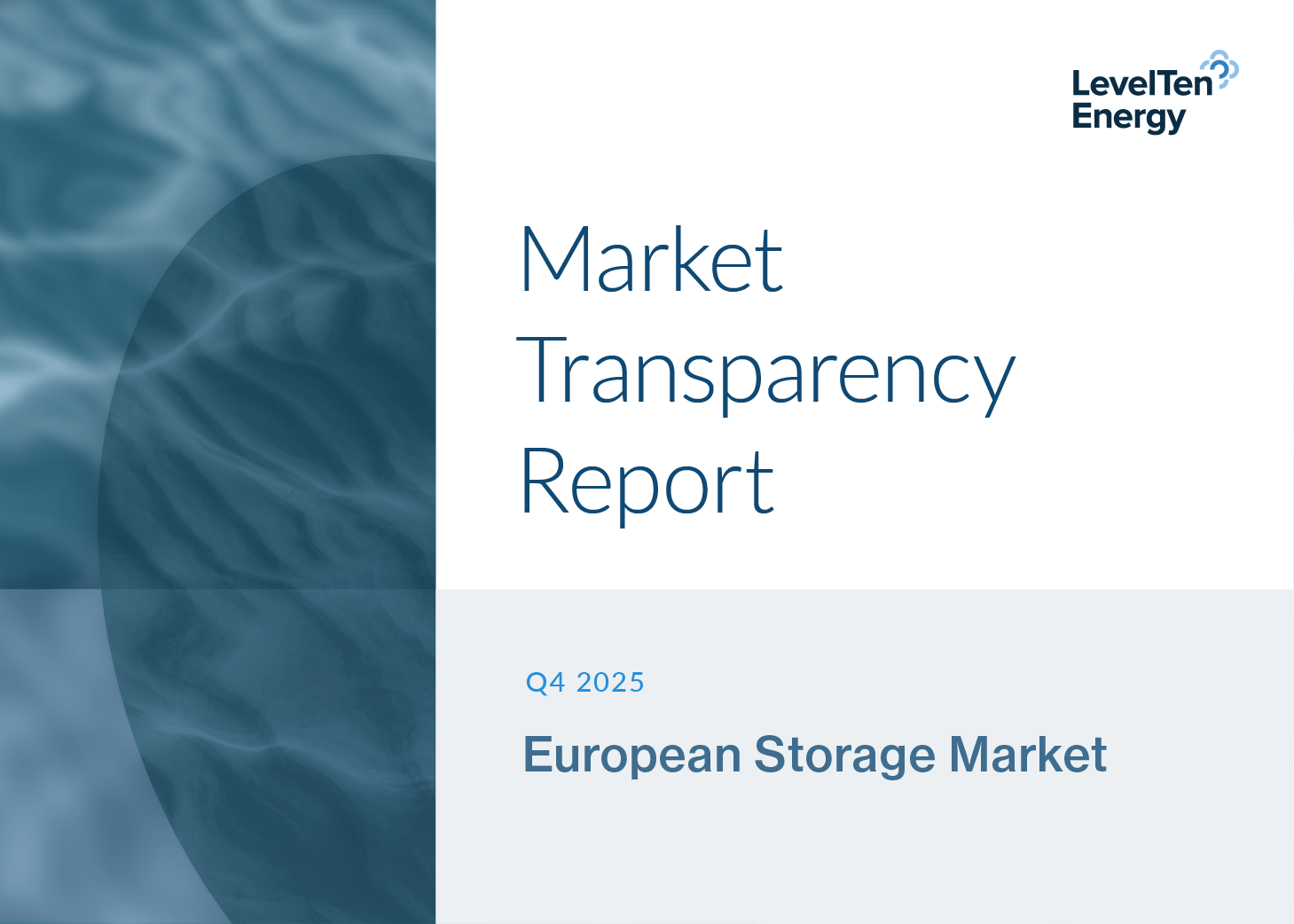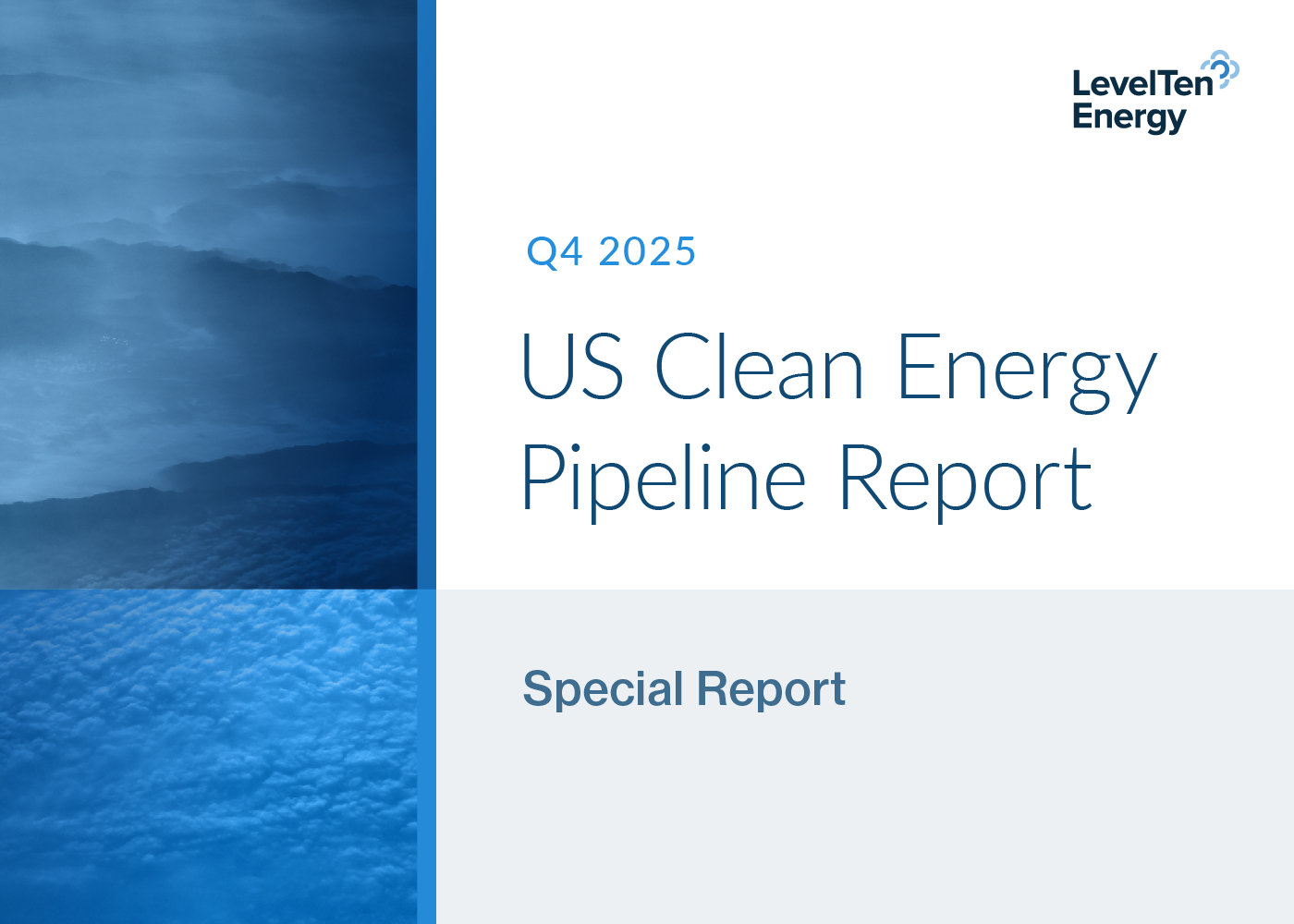Blackouts Underline the Urgent Need for a Modernized Grid
On February 15, the Electric Reliability Council of Texas (ERCOT) stated in a news release that the electric grid operator had “entered emergency conditions and initiated rotating outages at 1:25 a.m. today.” The ensuing statewide rolling blackouts lasted far longer than planned, and left more than 2 million Texans without heat and power during single-digit temperatures. As unprecedented demand for electricity during a record winter storm incapacitated many of the state’s electricity generation resources, it became clear that Texas’s grid was woefully unprepared for an event of this nature and magnitude.
Some politicians and commentators immediately latched onto images of frozen wind turbines and jumped to blame increased renewable production within ERCOT as the “unreliable” culprit behind the lack of adequate electricity generation. However, a look into actual ERCOT data reveals a very different story. Peak demand and generator outages surpassed even the most extreme scenarios ERCOT had planned for: Maximum demand exceeded ERCOT’s projected “Extreme Peak Load” scenario by more than 2,000 MW on Sunday night, and thermal plant outages surpassed ERCOT’s “Extreme Generator Outages” scenario by well over 10,000 MW.
A massive 31,000 MW of ERCOT’s thermal plant capacity failed due to the cold - mostly due to natural gas plants, wells, and associated infrastructure freezing (although all thermal plants including coal and nuclear suffered outages as well). Compare that with 4,000 MW of wind capacity that went offline due to low temperatures: only around 10% of the total generation lost during the crisis. What the data makes abundantly clear is that thermal resources — which have traditionally been touted as reliable emergency generators — did not perform as advertised.
LevelTen has pulled hourly generation by source from ERCOT, as well as average hub prices, and compiled them in the chart below. We can see is that as cold weather moved in on the night of the 14th and into 15th, outages began to increase materially, and led to ERCOT prices remaining pegged at around the $9,000/MWh cap for several days (with the exception of what appears to be a solar-assisted price drop on the 15th).

Comparing these charts provides three main takeaways:
- The cold temperatures primarily moved in on the night of the 14th, causing a dramatic increase in outages. These outages, and the decline in system capacity, are largely responsible for the rise in prices.
- The general decrease in wind and solar generation occurred days before the dramatic rise in prices. In fact, looking at the data, solar production performed quite well on the 15th, and likely helped decrease prices significantly from ERCOT’s cap of $9,000/MWh (observe the rise in solar production correlated tightly with the decrease in hub price). In the coming weeks, we will likely learn more about the exact interplay of what occurred here, but it does appear that solar generation helped mitigate the original price spike. Natural gas — the resource called upon to balance the grid in times of peaking demand — simply did not generate as much as the system needed.
- Wind did indeed display low amounts of generation on the 15th. However, windy conditions had generally decreased since the 8th, meaning wind capacity had already been greatly reduced for several days leading up to the event and therefore likely did not impact price spikes. And even with the decrease seen on the 15th, periods of low generation that extend for hours or even days are common for wind and have occurred regularly in 2021.
Unfortunately, extreme weather events will only increase in frequency (and likely, severity) as human-caused emissions continue to fuel climate change. While it is of paramount importance that we decarbonize our electricity systems as rapidly as possible to mitigate further climate change, it is also crucial that we learn how to adapt to an increasingly unpredictable environment. Extreme weather events are happening more regularly, and the truth is that ERCOT’s projected “worst case scenarios” underestimated the impact such a strong storm would have on the grid. We need to be prepared for more extreme weather, more often.
There are a number of ways we can make the electrical grid more resilient. Wind turbines and natural gas infrastructure can be winterized to remain fully functional in low temperatures, and better demand forecasting that accounts for more extreme weather conditions, along with demand response technologies, can allow grid operators to adequately prepare for events like this.
What’s more, increasing renewables on the grid diversifies the generation mix to allow for added resiliency, and a decreased reliance on fuel-based resources. As seen in the data above, solar capacity almost certainly helped mitigate the price spikes on the 15th, and more solar in ERCOT would likely only help during extreme events such as this. While renewable sources are intermittent (which is why we still largely rely on natural gas to meet peak demand), a diverse mix of generation resources ensures that there are options when any single — or in this case, several — fuel sources fail to adequately produce.
Further, major updates are needed to improve the interconnection of our electrical grid in order to bring more renewables online and provide flexible supply reinforcements if and when generators do fail. To both mitigate climate change and adapt to a warming world, it’s more critical than ever to modernize the grid and rapidly bring more renewable energy online.
The importance of planning for the unexpected has never been greater, and in the world of energy procurement and operation, there are no shortage of variables to account for. LevelTen’s analytics are specifically designed to not only calculate the most-likely scenarios a potential renewable PPA may experience, but also extreme, unlikely scenarios: scenarios that are increasingly important to understand. The value of a deep analytical platform for risk analysis and live PPA performance monitoring has never been clearer, and allows PPA buyers to understand exactly how extreme events impact their bottom line, in real-time. With the ability to see and assess the whole range of PPA performance possibilities, our platform provides the resources and perspective needed to expect the unexpected and be ready for anything.






